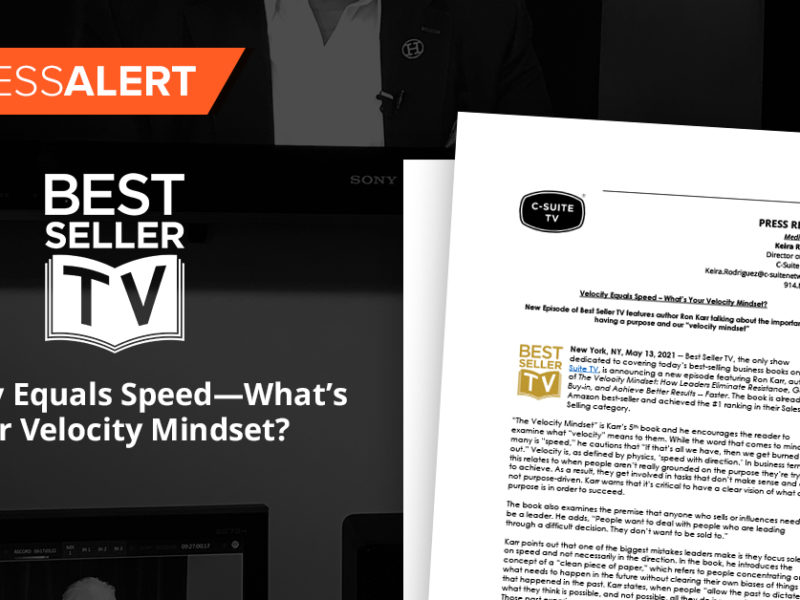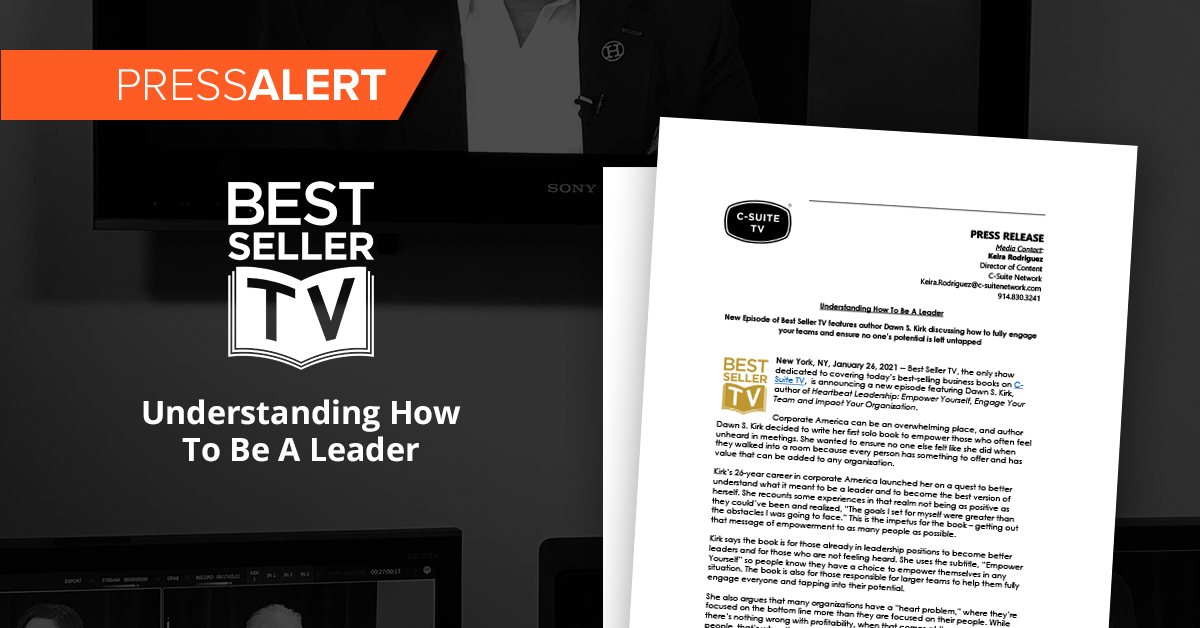
Habits That Kill Innovation
Habits That Kill Innovation https://csuiteold.c-suitenetwork.com/wp-content/uploads/2014/02/innovation.png 865 604 C-Suite Network https://csuiteold.c-suitenetwork.com/wp-content/uploads/2014/02/innovation.pngby Rik Walters
Innovation is a key growth driver in today’s business environment, yet building innovation organizational skills has become an issue for the enterprise. Even the best intentions go awry when improper habits are in place behind good ideas. The very habits that can enable your organization to prosper can also be the characteristics that stifle the introduction of new and innovative ideas. This applies directly to businesses that still insist on control, predictability and continuity over innovation and creativity.
In today’s marketplace, innovation that is small-scale (changing cost-structures, logistics or customer service) won’t result in scalable growth. The only way to unleash creativity within your organization is to develop an innovation environment through habits that create, not kill, innovation.
Let’s look at the top three innovation habits that can kill innovation in your enterprise:
Perception
Perception is a challenge, yet it presents ongoing opportunities for innovation. “The glass is half full” and “The glass is half empty” are descriptions of the same phenomenon but have completely different meanings. Changing the perception of a glass from half empty to half full impacts innovation opportunities. A change in perception does not alter facts; it just changes their meaning, and very quickly.
Innovation is both conceptual and perceptual, and while some organizations simply look at the balance sheet, others succeed by looking at their human perception. Define, clarify and test perceptions for new innovation opportunities.
Attitude
Many organizations and entire industries have written themselves off when it comes to innovation because of their attitudes. We have all suffered from self-doubt, but innovation is about hope. Fear can be a sub-component of the attitude of the organization; don’t let your organizational self-doubt talk your enterprise out of trying.
In Napoleon Hill’s famous book, “Think and Grow Rich,” he confirms that thoughts are things, and those thoughts influence what we believe we can or cannot do. Stay positive. Empower the human capital in your organization, and watch innovation flourish!
Discipline
In innovation, as in any other endeavor, there is talent, there is ingenuity, and to influence consistent outcomes, there must be discipline. Innovation almost never fails due to a lack of creativity. It almost always fails due to a lack of discipline.
In the Harvard Business Review, Scott Anthony writes, “The process of innovation combines discovering an opportunity, blueprinting an idea to seize that opportunity and implementing that idea to achieve results. Remember — no impact, no innovation.”
When all is said and done, what innovation requires is discipline, coupled with focused and purposeful hard work.
“What all the successful entrepreneurs I have met have in common is not a certain kind of personality but a commitment to the systematic practice of innovation.” — Peter Drucker
How many of these “innovation-killer behaviors” do you see in your organization? I encourage enterprise leadership to take the lead defining and clarifying behaviors and habits. Lead by example.
A combination of a creative and innovative business strategy is not just about having a great idea — it must also include the strategic intelligence, practical framework and positive creative habits necessary to harness these ideas and take them to market.
Encouraging successful habits will reinforce the enterprise’s values, strategies and culture. This, in turn, will drive many subsequent actions and decisions: who will be rewarded and which projects get a green light. Once these systems include positive perceptions, good attitudes and instilled discipline, they will define your organization with the ability to reach new innovation heights.
There has never been a better time to overcome corporate culture “bad habits,” to foster innovation and to create positive outcomes. The fact is, you either innovate, or you stagnate — which will you chose?
 Rik Walters is a digital and social media marketing adviser. He focuses on leading digital and social media marketing strategies for high-growth companies, setting a strategic course of brand content (social media/blogs), positioning and architecture.
Rik Walters is a digital and social media marketing adviser. He focuses on leading digital and social media marketing strategies for high-growth companies, setting a strategic course of brand content (social media/blogs), positioning and architecture.
Follow him on Twitter @RikWalters and LinkedIn.





